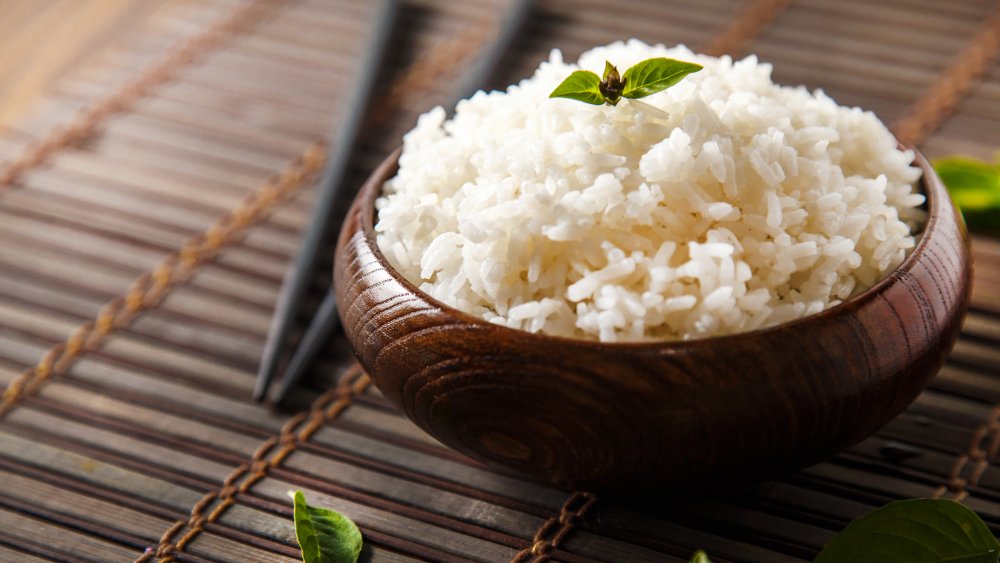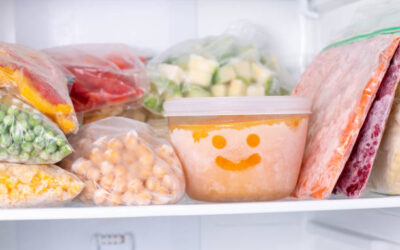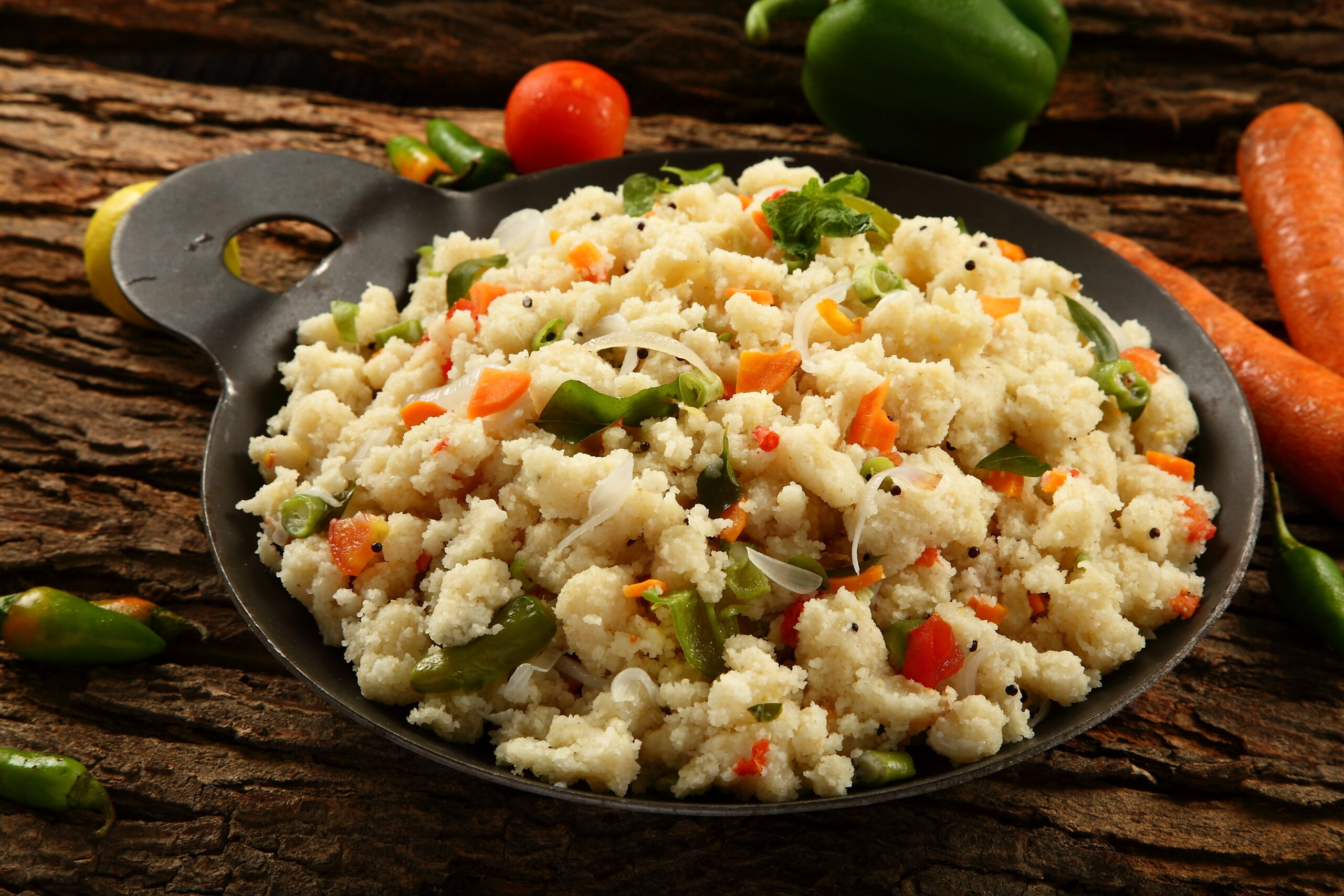How to Help Your Child Manage Dysphagia
When you have children, a connection is forged between you that lasts for their entire life. This means that they are never far from your thoughts and that you will spend your entire life worrying about them, their health, and their life decisions. The worry and anxiety are heightened exponentially when your child has serious or chronic health concerns that affect their daily life. But what about if one of the necessities of life that sustains them day-to-day – such as eating and drinking – is the very thing that could prove dangerous to their health?
Dysphagia is a condition characterized by swallowing difficulties, triggered by the propensity for certain foods and/or drinks to cause choking; in the most extreme cases, sufferers are unable to swallow at all and require an entirely different, specialized nutrition program. Over time, dysphagia can lead to malnutrition and dehydration – particularly if your child has developed a fear of eating and drinking – in addition to possible chest infections and aspiration pneumonia. It usually results from another long-term health condition and is, therefore, an added worry on top of other primary health concerns. Although there are various ways to improve the condition, there’s not always the possibility of a cure.
For parents, this can cause an extreme level of worry surrounding what should be a basic aspect of daily life, and trying to persuade your child to eat – and find foods they like – can be stressful. There are, however, ways to help your child manage this condition so that they can enjoy mealtimes and have similar experiences to other children.
A Tempting Menu
There are different dietary requirements, depending on the severity of the dysphagia: the most severe cases require all foods to be in a thick liquid form, either pureed or blended, with no lumps or hard pieces that could potentially lead to choking; less severe forms require softer foods that have been fully-cooked or stewed (such as meats, vegetables, and fruits) and mashed to reduce lumps.
Despite this, the meals you plan and prepare for your child must be appetizing and full of flavor. Bright colors, strong or sharp flavors, herbs, and mild spices are all ways of creating this for your child. You can also take foods such as puddings or cakes, blend or puree them, and then add a sauce or custard to mix in to prevent them from missing out on some of the standard foods children love to indulge in.
Getting the Texture Right
Many different meals can be turned into a puree easily, despite how it may initially appear. Stews and casseroles – providing the meat inside is moist and fully cooked – can be blended into a thick puree that can be more easily consumed by children with dysphagia, as can many vegetable-based dishes. Any foods containing nuts, seeds, medium-to-large chunks, skin (such as tomatoes or meats like chicken), or foods containing crusty, flaky, or crunchy textures should be avoided, as they can potentially cause choking.
An excellent way of thickening up foods that are too thin – and can therefore lead to aspiration – is to add a product such as Simply Thick to the pureed food. It uses xanthan gum as opposed to starch and therefore doesn’t affect the flavor of the food.
Positivity
The hardest thing to do is maintain a positive, encouraging attitude, particularly if you’re feeling harried and stressed. It’s really important to so though, as your child will pick u on any worries or sensitivities, which will affect their worries and potentially heighten the choking potential.
Regardless of the cause and severity of your child’s dysphagia, there’s plenty of support and advice out there for you to access if you need support, including parent groups where you can share your experiences. Accessing such services could be life-changing for you and your child.



































